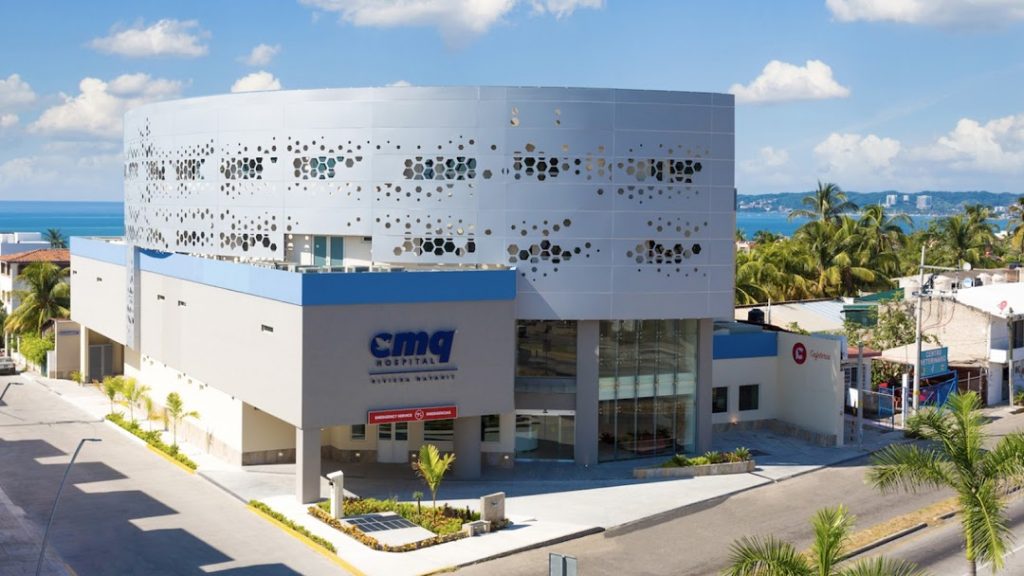Advance Spine Surgery - Puerto Vallarta - Riviera Nayarit - Mexico
Specialist in Spine and Back Surgery
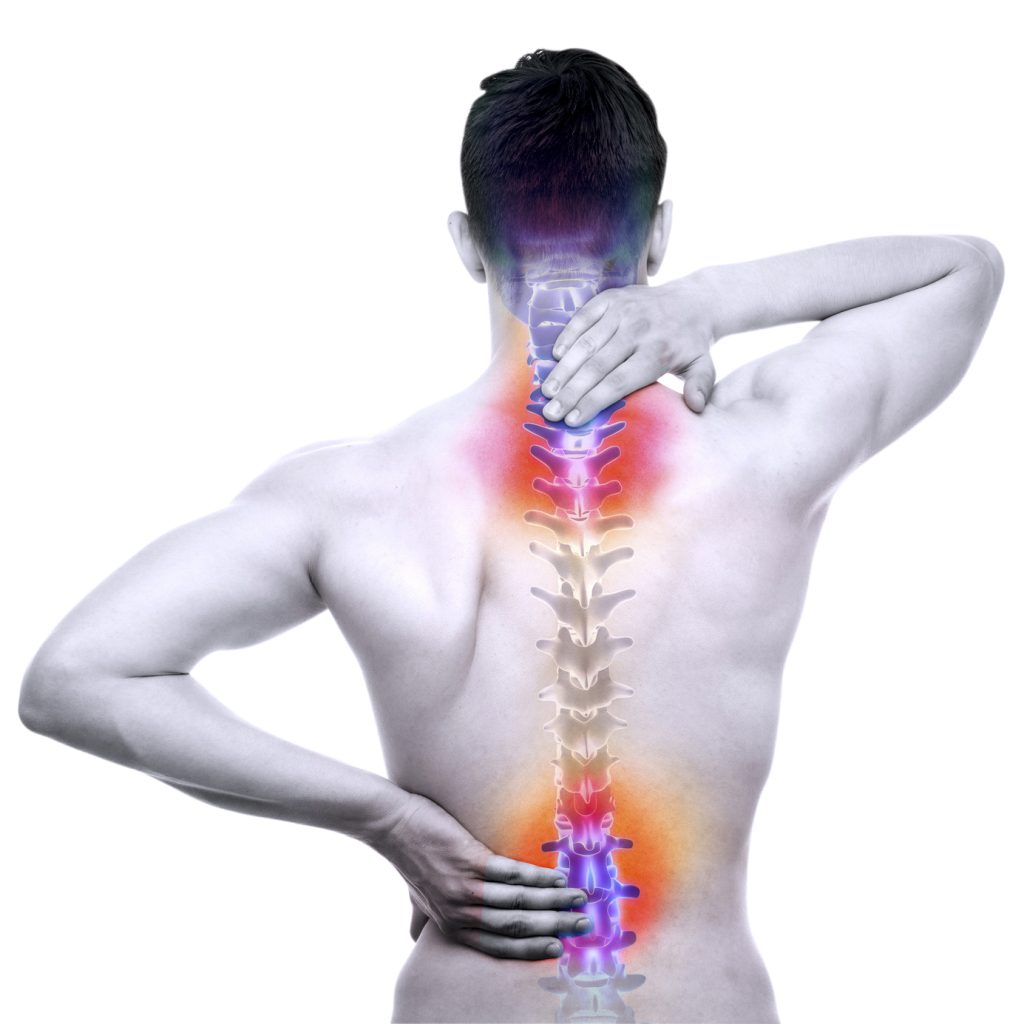
Our Orthopedic Specialist have extensive knowledge in the care and treatment of all spinal conditions, including congenital deformities, degenerative diseases, spinal tumors, and spinal trauma, in both adults and children.
Members of professional spine societies, including the Mexican Association of Spinal Surgeons (AMCICO), the AOSpine, the American Association of Orthopedic Surgeons (AAOS), and the Mexican Federation of Orthopedic and Traumatology Colleges (FEMECOT), as well as local medical societies. The Orthopedic Team are continually strive to increase our awareness of new advances in the field by attending meetings and courses to learn about the latest advances in spinal care and surgery.
Dr. Oscar Ivan Morales
Dr. Max Greig
Dr. Gustavo Navarro
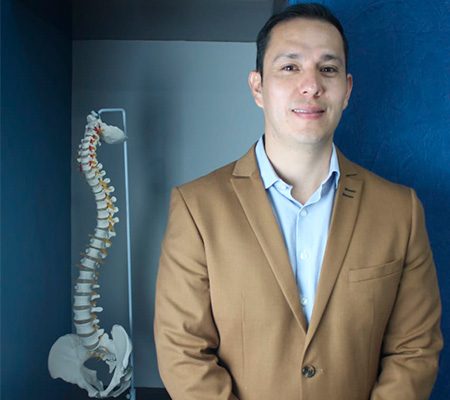
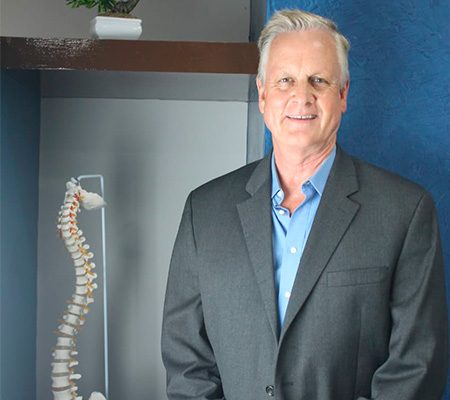
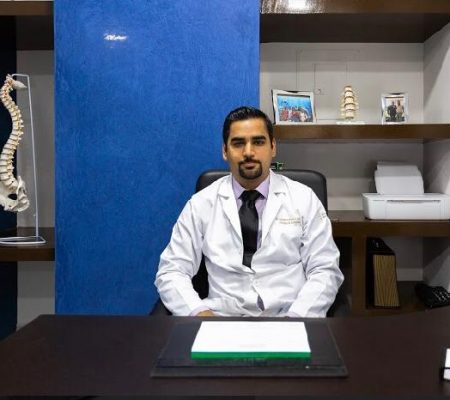
Conservative Treatments & Surgical Procedures for all type of Spine Disorders
- Cervical Spondylosis.
- Herniated Cervical Disc.
- Herniated Lumbar Disc.
- Kyphosis.
- Low Back Pain (Lumbar).
- Sciatica
- Scoliosis.
- Spinal Cord Injuries.
- Spinal Infections.
- Spinal Osteoarthritis (Spondylosis)
- Spinal Stenosis
- Spinal Tumors.
- Whiplash – Neck Sprain or Strain
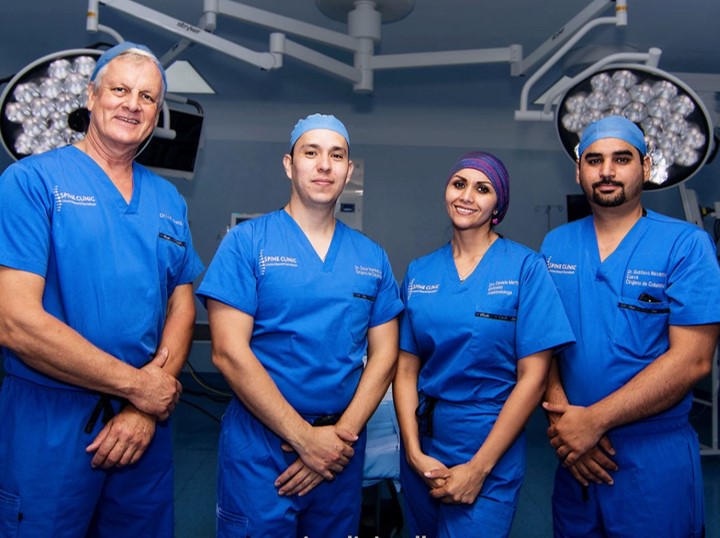
Minimally Invasive Spine Surgery (MISS)
This type of surgery uses smaller incisions than standard surgery. This often causes less harm to nearby muscles and other tissues. It can lead to less pain and faster recovery after surgery.
In general, the goal of minimally invasive spine surgery (MISS) is to stabilize the vertebral bones and spinal joints and/or relieve pressure being applied to the spinal nerves — often a result of conditions such as spinal instability, bone spurs, herniated discs, scoliosis or spinal tumors.
As opposed to open spine surgery, minimally invasive surgical approaches can be faster, safer and require less recovery time. Because of the reduced trauma to the muscles and soft tissues (compared to open procedures), the potential benefits are:
- Better cosmetic results from smaller skin incisions (sometimes as small as several millimeters)
- Less blood loss from surgery
- Reduced risk of muscle damage, since less or no cutting of the muscle is required
- Reduced risk of infection and postoperative pain
- Faster recovery from surgery and less rehabilitation required
- Diminished reliance on pain medications after surgery
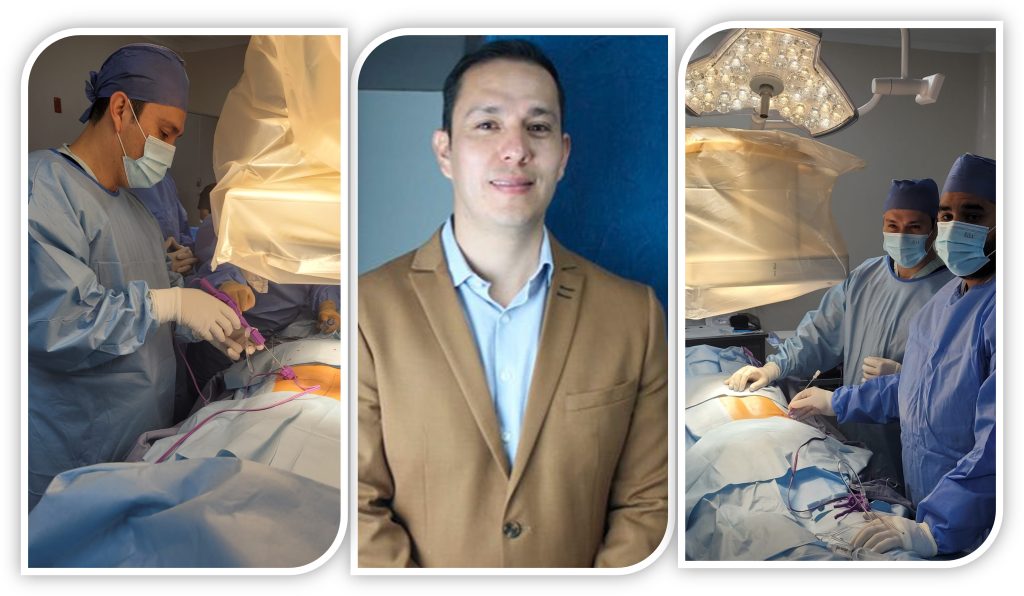
To have easier communication with specialist please provide the following information by email:
orthopedicdoctormx@gmail.com
- A small narrative from the patient telling his/hers story and symptoms
- Copies of the most recent medical reports
- Copies of imaging reports (x-Rays, CT scans, ultrasound and/ or MRI’s, etc)
- Images of the affected area
- (For visitors ) Possible dates you can travel to Puerto Vallarta or Riviera Nayarit
CMQ Premier
- Av. Francisco Villa 1749, Vallarta Villas, 48313 Puerto Vallarta, Jal.
- orthopedicdoctormx@gmail.com
- English Speaking (+52) 322 151 56 60
- Spanish Speaking (+52) 322 229 03 10
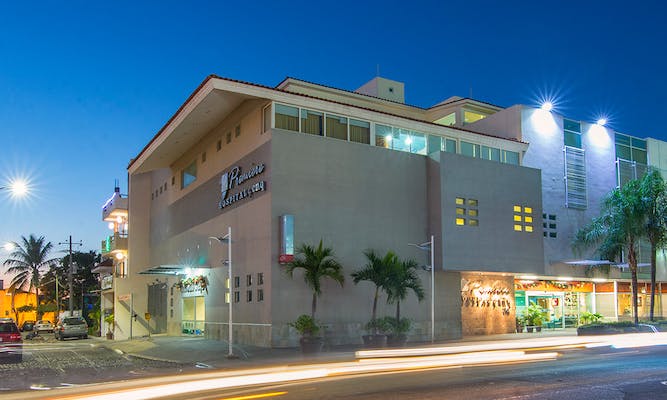
CMQ Riviera Nayarit
- Av. Héroes de Nacozari 280 Bucerías, 63732 Riviera Nayarit, Nay.
- orthopedicdoctormx@gmail.com
- English Speaking (+52) 322 151 56 60
- Spanish Speaking (+52) 322 229 03 10
